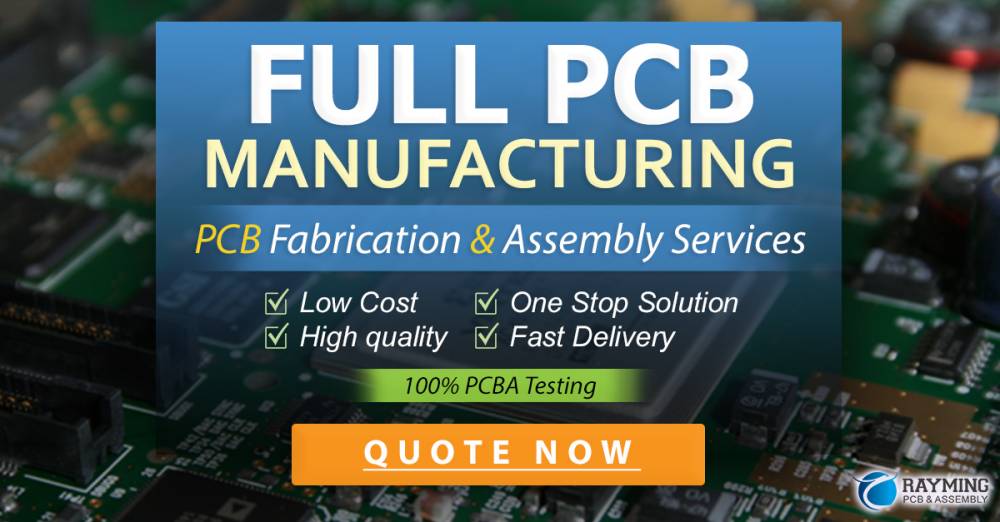Connectors can be found everywhere in life, in this article, about the wire-to-board connectors in the chip connector to explain, and the use of 3d printing technology to manufacture the advantages of connectors to be introduced. If you are about to cover the content of this article has some interest, may wish to continue reading down Oh.
1.. Introduction of SMD connectors in wire-to-board connectors
A wide variety of connectors, according to the shape can be divided into: circular connectors, rectangular connectors, square connectors, customized connectors, etc.. According to the contact body termination form: crimping, welding, winding; screw (cap) fixed; according to the connection method can be divided into: board-to-board connectors (B to B), wire-to-board connectors (W to B), wire-to-wire connectors (W to W).
Surface mount technology has been used by some manufacturers since the 1950s. However, the use of SMD connectors is a recent development and is gradually being taken seriously by manufacturers. This situation is due to the technical difficulties faced by SMT connectors and the failure to realize that SMD connectors can effectively save the area of the board circuit. With the discovery of the SMD process can improve production efficiency and reduce costs for manufacturers can also reduce the board area, improve design flexibility and other features that make the SMD connector widely used up.
SMD connector is divided into: lying paste connector (SMT) and vertical paste connector (DIP). SMT is generally mounted without pins or short lead surface assembly components, the need to first print solder paste on the circuit board, then through the placement machine mount, and then through reflow soldering fixed devices. And DIP welding is the straight plug form package device, through wave soldering or manual welding fixed devices.
SMD connector over the furnace temperature of 260 ° above 3-5 s. SMD connector components: plastic parts and pin, plastic parts of the material is generally PA6T and PA9T, are high temperature resistant material. SMD connectors are generally used in various fields such as highway cameras, stereo DC fans, intelligent electronics, air conditioners, high-definition LCD TVs, notebook computers, etc. The material of Pin is generally brass, bronze, phosphor bronze, etc. Pin plating is generally gold (semi-gold) or tin plating, etc. The role of Pin plating is to resist oxidation, improve electrical conductivity, and improve the speed of signal transmission.
2, the advantages of using 3d printing technology to manufacture connectors
Nanofabrica’s additive manufacturing (3D printer technology) platform may be the first cost effective and repeatable micron resolution AM technology that can achieve micron resolution on centimeter sized parts and can manufacture thousands of parts and components in a single construct. One area where this technology could be a perfect fit is in the manufacture of a wide range of miniature optical parts and components.
This ability to produce complex, extremely flat, small and lightweight optical components opens up the potential for product innovation in many industrial sectors. In addition, plastics have become an increasingly popular material for micro-optical applications for a variety of reasons, including green manufacturing considerations and the freedom to design working in plastics.
Cylindrical microlenses, 20 microns high and 100 microns wide. The surface roughness is about 1 micron and the material has 80% transparency to visible light.
Microinjection molding has actually been a popular technology for micro-optics manufacturing for a long time, but it wasn’t until the introduction of Nanofabrica’s AM technology that it really became the only viable technology for low-cost, high-volume production.
Micro-optical manufacturing using injection molding requires optimization of design, tooling and production steps, which means close interaction between suppliers and product developers is critical. nanofabrica’s technology overcomes the complexity issue and, crucially, eliminates the need for tooling, so the technology can be used for a range of applications, such as the manufacture of jigs and fixtures for optical alignment, for optical fiber optical connectors, fiber optic collars and other small related components, and optical components such as lenses and prisms.
Related posts:
- Four questions to determine if an active cable (AEC) solution is needed
- Multichannel connector solutions for 5G communication systems
- Details on the development trend and status of GaN chargers
- Super Category 5 and Category 6 crystal heads as an example of how to quickly assemble network cables and crystal heads

